Feb 20, 2023
Posted in blog, certification, Featured, Information Security
Recently, I challenged the GIAC/SANS GDSA exam. And I am excited to say, I passed and have obtained the GDSA certificate!
The course and exam concepts were a mix of things known to many experience cybersecurity professionals. While, at the same time, many new trending topics that a large portion of businesses are pushing towards (Zero Trust). There are many fun labs that challenge you to break into routers in very simple ways. The purpose of these types of challenges is to start thinking about of defenses that can be built to overcome weaknesses. On top of that, it sets a standard to always implement best security practices and keep them in mind for any architectural designs.
SEC530: Defensible Security Architecture and Engineering class
I had taken the full course related to this certification. If you want to read my review of the corresponding course, then check this blog post out –> https://www.stealthbay.com/sec530-defensible-security-architecture-and-engineering/
Prepping for the exam
Read More About This Post
Mar 27, 2022
Posted in blog, certification, Featured, forensics, Information Security
Recently, I challenged the GIAC/SANS GCTI exam. And I am excited to say I passed and have obtained the GCTI certificate!!!
The concepts for this course were much newer to me. Threat modelling, researching, and building a threat intelligence tech stack was amazing to learn. Usually, a threat intel program is conducted with very established and mature security programs. So, this is an area I have not seen too many people often get into. However, Threat Intel programs are slowly becoming more common. and knowing your adversary, as well as keeping track of an adversary that could potentially be targeting you is an awesome skill set to accomplish.
FOR578: Cyber Threat Intelligence class
I had taken the full course on threat intelligence. If you want to read my review of it check this blog post out –> https://www.stealthbay.com/a-review-of-for578-cyber-threat-intelligence/
Prepping for the exam
I highly advise everyone take the FOR578: Cyber Threat Intelligence course. You can get more details from here: https://www.sans.org/cyber-security-courses/cyber-threat-intelligence/
The course will prepare you for the exam and cover topics and tools that you will be tested on. There is a lot of material to learn in the course. So, dedicate a good amount of time towards learning the course material and all the concepts. The class was a huge learning experience in the world of Threat Intelligence.
After you take the course try going back to each book and building your index. After this, it is a good time to use up practice exam 1 and see how you fair in it. Use the section at the end, which lists out which sections you were weak in and go study them some more. Take practice exam 2 and hopefully this time you see an improvement. If so, then book your final exam within the next 2-5 days and go for it. This format always has worked well for me.
Making an Index
Read More Of ThiS Post
Mar 27, 2022
Posted in blog, certification, Information Security
Why take this course?
For me Threat Intelligence has been an area of interest. Many organizations are still in the mindset and position of being very reactive. You notice something odd and investigate it further. However, not a lot of organizations are as proactive, where they go our and research threat actors/adversaries. Or building their own threat intel database that covers incidents within their own org. And, with that not just pulling in public and private threat feeds. But, also building your own indicators, and additional defensive mechanisms. This course will teach you all of that and much more!
Day 1
You will learn about actual incidents and case studies that took place. And, how CTI (Cyber Threat Intelligence) played a huge role in identifying each threat actor. There are topics just on general “what is threat intelligence”, and different threat models that can be used to develop a program. Overall, day 1 is very much a more theory and introduction type of day.
Day 2
Day 2 things start to get more fun! There is lots of learning about the kill chain life cycle, and really understanding how it functions in respect to threat intel. There are great topics on more detailed threat models, how to apply them and how to analyze various types of logs for key indicators. You also get a good grasp on networking, and forensics analysis techniques.
Read More Of This Post
Apr 13, 2021
Posted in blog, certification, Featured, forensics, Information Security
Recently, I challenged the GIAC/SANS GCFA exam. And I am excited to say I passed and have obtained the GCFA certificate!
This was one of the more detailed courses I had taken in awhile. The IR and Threat hunting sections were not as new to me. However, the memory and forensics section were very deep and detailed. Normally, most organizations will contract out major forensic type of work to 3rd party external partners. So, the forensics section was something I do not work on as often. But I found learning and getting the knowledge of various ways malware can hide in memory, or how to detect Time stomping attacks from malware was extremely fun and exciting to learn. Feeling incredibly grateful to learn about all these new attack techniques and detection mechanisms.
Prepping for the exam
I highly advise everyone take the SANS FOR 508 course. You can read my review of it here -> https://www.stealthbay.com/review-of-sans-for-508/
The course will prepare you for the exam and cover topics and tools that you will be tested on. There is a lot of material to learn in the course. So, dedicate a good amount of time towards learning the course material and all the concepts. The class itself was amazing especially when you get into Memory Analysis, File system analysis and the Anti-forensics sections.
Read more of this post
Mar 11, 2021
Posted in blog, Cloud, Featured, Reviews
Getting Microsoft Certified for Azure Fundamentals
I decided to challenge the AZ-900 Exam, as I got a Microsoft voucher for a free exam attempt. So, I decided to give the exam a crack. Basing it off other peer’s experience, who had already taken this exam. The consensus I had heard is that it should be a simple exam if you have used Azure before and worked on different services (e.g., IaaS, PaaS, SaaS.) I probably spent about less than 8 hours prepping, as I felt the topics seemed general and things I have already been exposed too.
Prepping to take the exam
My personal experience with Azure is that I have worked with it for 3+ years. If you have spent a lot of time in the Azure environment building things, configuring things and managing different items. You will have no problem challenging this exam. Most of the concepts are related to everyday tasks that you would be working on. Or tasks you would have been exposed to at some point while engineering designs in Azure.
Here is a score list of what you need to know –> https://docs.microsoft.com/en-us/learn/certifications/exams/az-900
- Cloud concepts (20-25%)
- Core Azure services (15-20%)
- Core solutions and management tools on Azure (10-15%)
- General security and network security features (10-15%)
- Identity, governance, privacy, and compliance features (20-25%)
- Azure cost management and Service Level Agreements (10-15%)
Read More Of This Post




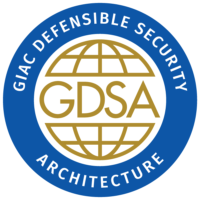
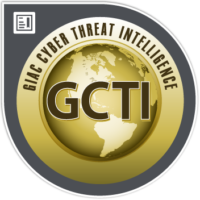
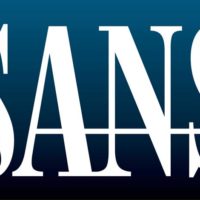
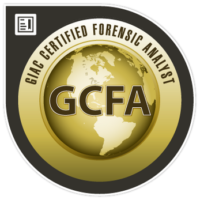
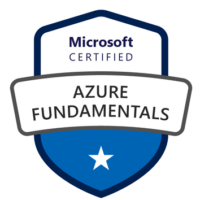





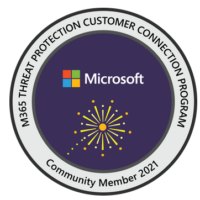
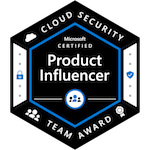
 My name is Harry Taheem
I am a Cyber Security Engineer.
My aim is to post things I learn or find interesting and allow others to hopefully gain some more insight. I also plan on posting general IT related issues, as I’d like
My name is Harry Taheem
I am a Cyber Security Engineer.
My aim is to post things I learn or find interesting and allow others to hopefully gain some more insight. I also plan on posting general IT related issues, as I’d like 